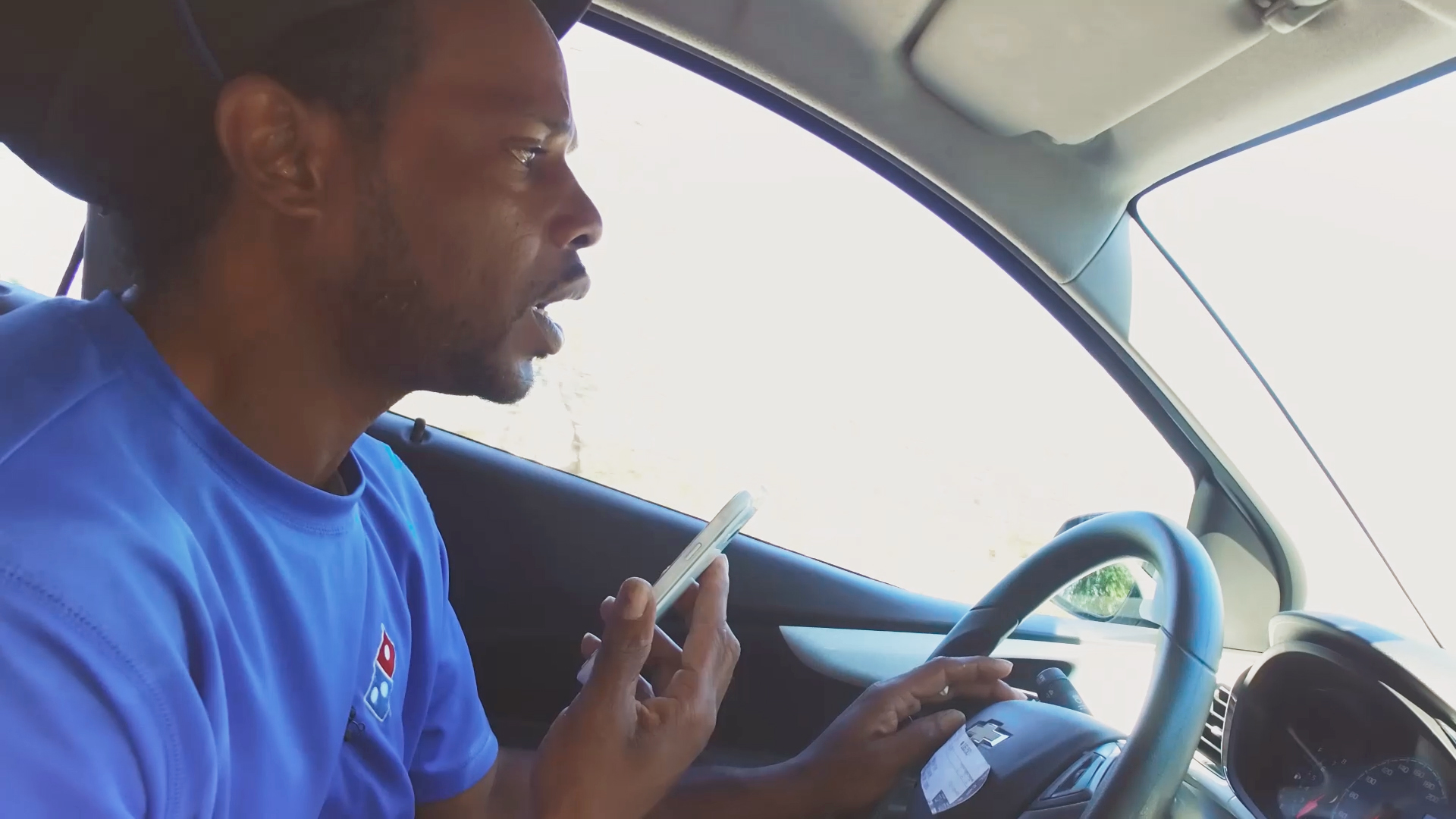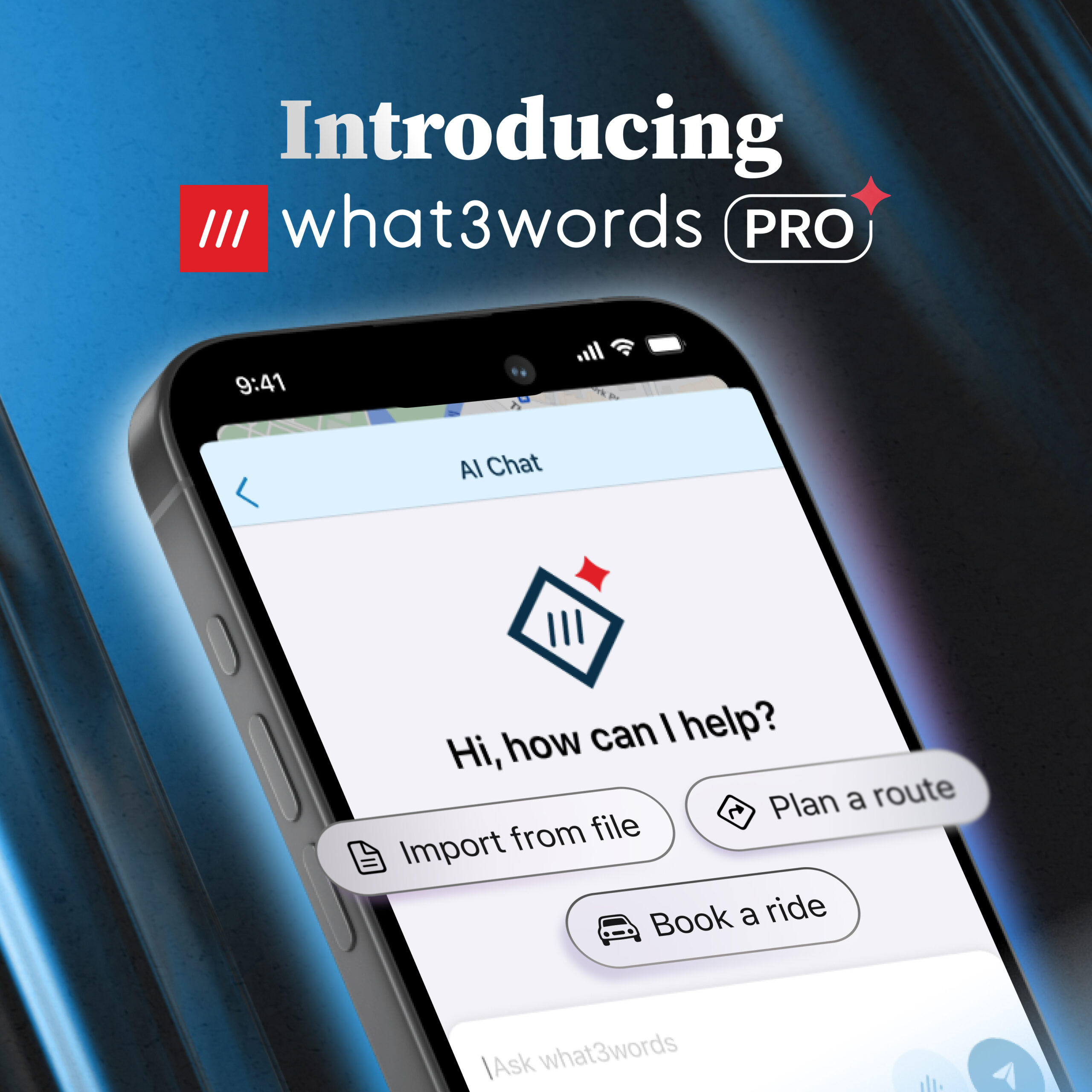
How Domino's delivery drivers are delivering pizza faster, hotter and straight to your door
On the Caribbean island of Sint Maarten, delivering pizza is far from straightforward. Domino’s delivery drivers face steep roads littered with potholes, aggressive dogs intent on getting their jaws around both the pizza and the driver, torrential tropical storms and Sint Maarten’s famously bad traffic. But once they make it through these obstacles and reach the customer’s neighbourhood, their biggest challenge awaits: finding the right house.
‘Finding addresses is our hands-down single biggest challenge’
John Caputo is the Domino’s Pizza Franchisee for Sint Maarten and an expert on the island’s chaotic addressing system. It’s no wonder his drivers struggle to find customers – houses are often numbered based on the order in which they were built, not their position along the road. On top of this, many buildings are divided into multiple homes, without any signage to direct people to the correct front door.

To add to the chaos, when homes were rebuilt after Hurricane Louise in 1995 the local government chose, quite logically, to fix the problem by renumbering the houses. But some residents refuse to accept their new number and continue to use the old one, with many houses still displaying both.
Road names are also subject to local dispute, and many signs have fallen into disrepair. Even where signage is good, similarly-named roads placed close together mean that confusion is still common. In the Suckergarden area, for example, every road name is a variety of cactus.

‘A hungry customer is a hangry customer’
The workaround for John’s drivers is to call the customer once they’ve reached the neighbourhood and ask for turn-by-turn directions using gas stations, schools and even mango trees as landmarks. This costs them in phone credit, wastes time and often means multiple phone calls disrupting the customer’s day. As the drivers often say, ‘a hungry customer is a hangry customer’ and when they turn up late after struggling to find a house, they bear the brunt of that anger. This damages both their morale and their tips. They also complete fewer deliveries per shift, meaning less money to take home at the end of the day.

Late deliveries also seriously impact workflow and restrict driver supply, as it’s impossible to predict when they will return for the next order. Even in store, poor addresses damage productivity. The majority of orders come in over the phone and time is wasted trying to capture complicated address information, instead of taking the next order, or making the next pizza. With so much at stake, solving the addressing problem has become John’s personal quest.
‘I’ve tried everything to find houses faster’
John’s addressing mission goes back an incredible 24 years to his opening of the first Domino’s store on the island. An ambitious and innovative character, he drew the very first street-level map of the island, driving around on his scooter with a notebook and asking people in the street what each road was called.

The map hung in his store and proved so useful that even the local ambulance drivers would stop at Domino’s to check it on the way to an emergency. Another idea saw John distributing LED lights to his customers to guide the drivers to the correct doorway, which worked in theory, but in practice relied too heavily on the customers remembering to switch their light on after ordering. Not to be defeated, John was soon pursuing an exciting new idea he’d heard on local radio: what3words.
‘Give us your 3 words for hotter, more delicious pizza’
what3words is a global addressing system. It has divided the world into 57 trillion 3m x 3m squares, each with a unique 3 word address. The front door of John’s flagship store, for example, can be found at ///slinging.incriminate.bravado . It means that every house on Sint Maarten, as well as every beach chair, now has a reliable and accurate address for pizza delivery that drivers can find first time, every time.

John quickly contacted what3words to set up a partnership. Since then, a custom map site has gone live at
sxm.w3w.dev.cc
to help his customers discover their 3 word address. The map is clipped to the island to make addresses even easier to find. The word is being spread to customers via online banners, radio ads and printed fliers, stickers and pizza savers.

‘We all want to be better’
Sint Maarten may be a unique island, but John’s delivery problems are shared by business owners worldwide. Even in London, one of the world’s best addressed cities, 3 word addresses have been shown to significantly increase delivery efficiency . They’re also being used across the world to reach people faster and more efficiently, directing couriers, postal workers and even emergency services to precise locations.
“I know it’ll be adopted in other markets, that’s just a simple no-brainer. We all want to be better, and shaving even a few minutes off each delivery really makes a big difference to our business”.
John Caputo
Domino’s delivery experts cover 10 million miles each week in the U.S. alone, and deliver more than 1 million pizzas a day worldwide. With those sorts of numbers, it’s clear that success with 3 word addresses on the island of Sint Maarten could have a far-reaching impact for on-demand food delivery around the world, so watch this space.





